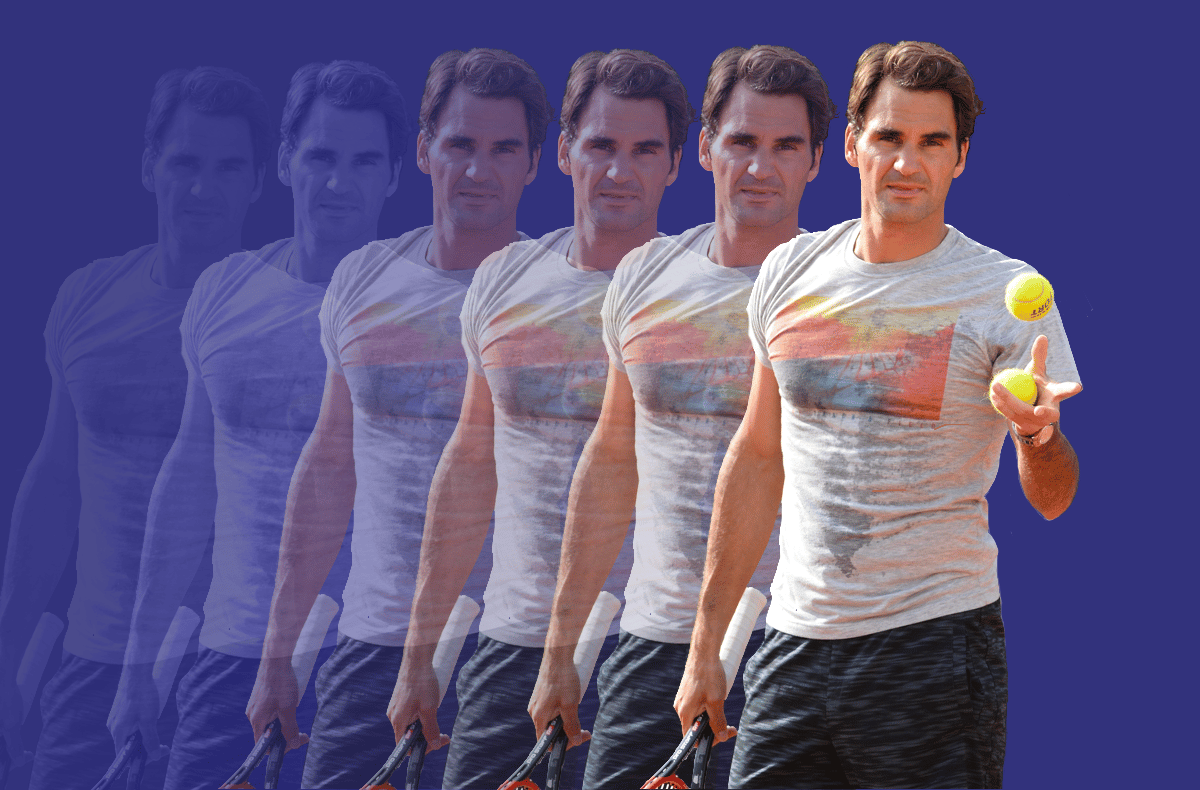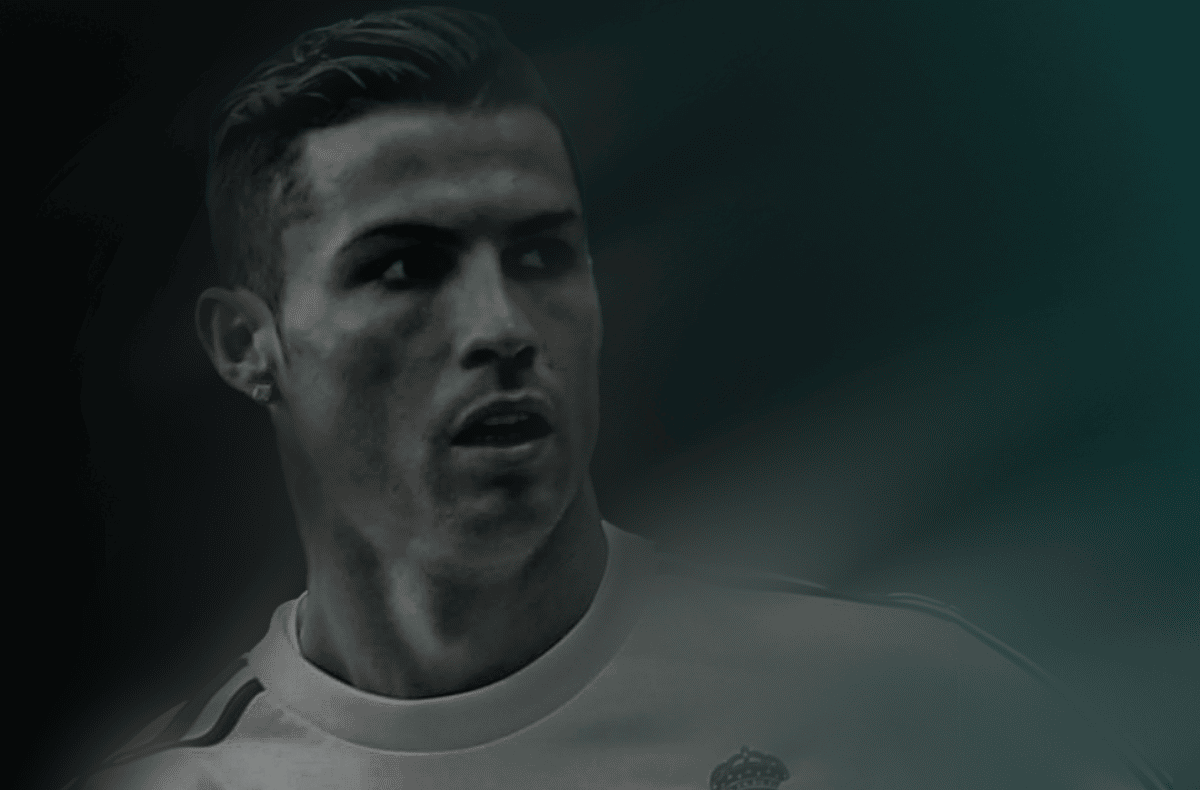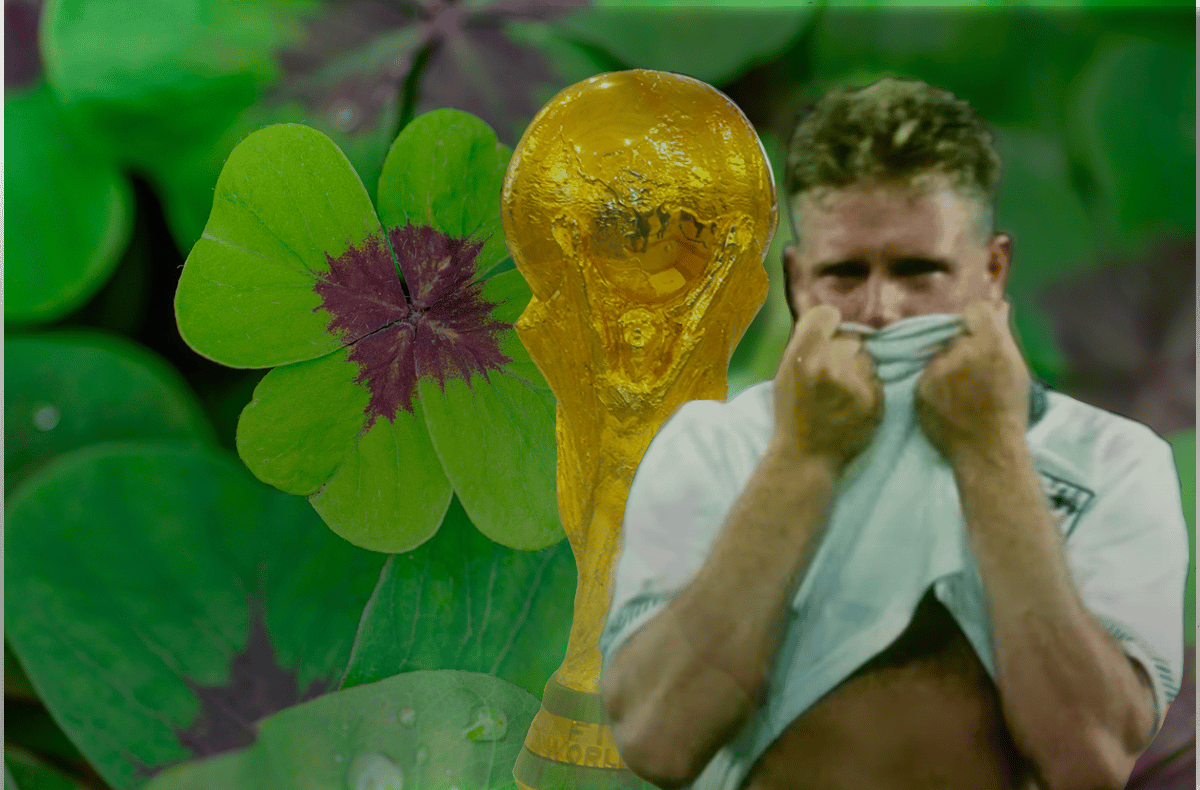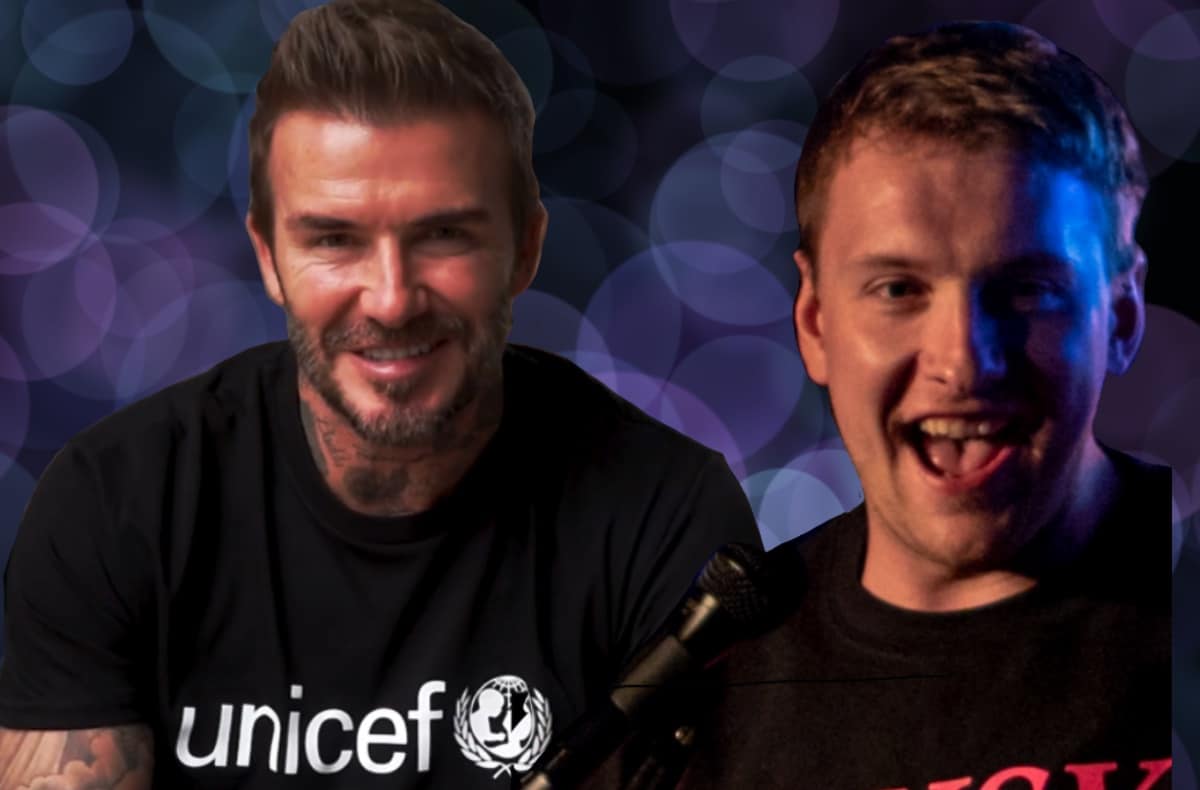
Onto one hand landed another. Between them, these hands had held aloft 42 Grand Slam and 195 tour-level trophies. But now these hands were trembling. They were tired. They were starting to wrinkle. The hand on top had just held a tennis racket in a professional match for the very last time.
It was both the most comforting and the most unsettling sight. It was comforting because perhaps the most intense rivalry in the history of tennis had culminated in 41-year-old Roger Federer taking the hand of 36-year-old Rafael Nadal in an attempt to stop them both running out of tears.
It was unsettling because Federer’s caring hand was the hand that unbalanced the first domino. This was the start of an unravelling. Read this article back in two or three years and tell me which of the so-called Big Four are still playing. Nadal will surely be gone. Murray too. Maybe even Novak Djokovic. It’s over, folks.
The 2022 Laver Cup was best friend to the symbolist. It was a tournament that in so many ways perfectly illustrated the life cycle of men’s tennis. It was also best friend to the emotional masochist—almost as if the competition itself had set out to turn the waterworks on for the great and the good of tennis. And for the millions watching on either in the London O2 or at home.
Federer and Nadal were emotional wrecks. Federer had chosen this as the scene of his final professional tennis match, which he had fittingly played alongside longtime rival Nadal in doubles, and which they had unfittingly lost. Nadal had left his heavily pregnant wife—and it’s not been an uncomplicated pregnancy—to be here. He knew this was history. He wanted to play his part in making it.
Murray is a sentimental soul too. Those who call him monotone, boring and dull are few and far between nowadays. They are also wrong. He too shed and shared his tears. Ever the reflector, ever the romantic.
And throughout this extended weekend of nostalgia and emotion, these fierce animals, titans of the sport, legends of the game, shared photos and interviews and meals in tuxedos—and genuinely enjoyed each other’s company. The Laver Cup’s intention was to bring competitors together even more intimately than even the Davis Cup does. Well that happened. And it happened in a way that the event organisers must have sat back, like the rest of us did, and just adored. This was a party to which only the era-defining were welcome.
Djokovic, Nadal, Federer, and Murray posed for a photo ahead of a restaurant meal. When Murray came to posting it on his Instagram, he self-effacingly captioned the piece “The big 3 and some clown.” For him, there is no Big Four. Nadal has 22 grand slams, Djokovic 21, Federer 20. Murray has three. He believes he is the imposter.
But the other three do not see it that way. They welcome Murray, who has two Olympics gold medals for the men’s tennis singles. Between them, the Big Three have just one. For the other three, Murray was by a distance their closest challenger across their stellar careers. He reached eight grand slam finals besides the three he won. Andy Murray is no fraud. More immense than imposter.
And so with Murray’s Big Four status safely defended, the quartet told old tales and shared newfound common ground on an emotional night. On court on Goodbye Day, Federer could hardly believe his career was over. Injury has plagued the Swiss superstar’s final few years. Perhaps payback for the way in which he plagued rival tennis players’ aspirations for so many years with his devilish forehand, iconic backhand slice, deceptively brutal first serve, and tedious talent for winning.
With Federer bobbing up and down on the bench and then on the court, visibly blubbering after his pre-planned endgame, Nadal and Murray cried too. They reflected on their own careers, what they had achieved and what they still want to achieve but may run out of time to fulfil. They know they’re on the homestraights of their careers now. Djokovic, who was great value in interviews all weekend but managed to hold back the tears, pondered too.
Like Federer, these three stupendous competitors are nearly finished. Their endgames too are nigh. The end of the road is within sight. The kids are coming. They’re hungrier than ever.
Carlos Alcaraz looks frightfully good at just 19. Jannik Sinner is exceptional. There’s Daniil Medvedev and Stefanos Tsitsipas and Casper Ruud and Alex Zverev. Heck, even Nick Kyrgios fancies his moment in the spotlight. Oh, and Matteo Berettini and Felix Auger-Aliassime and Andrey Rublev and Francis Tiafoe and Alex De Minaur and Holger Rune. The kids are most certainly coming.
The Laver Cup was a reminder, a jolting one, that just as the kids are coming, the veterans are going. Federer has waved goodbye to the sport. Nadal, Djokovic and Murray will do so too in time. They say it’s tough at the top, but these four have made it look easy to stay at the top once there. It is anything but easy. For over 15 years, they held a quadropoly over the greatest tennis competitions around.
By departing the sport one by one with whimpering faces and waterfall-contoured cheeks, they vacate the centrestage of tennis and beckon their successors. The stage is now wide open, a gaping hole to be filled by the next generation. There will have to be a next generation (I’ve just named them). The question is how long they’ll be able to stay there, performing, winning, and then performing and winning, again and again and again and again.
Those packed into the O2 seemed acutely aware of the magnitude of what they were witnessing. Roger Federer. Rafael Nadal. Novak Djokovic. Andy Murray. Three Olympic singles golds. 66 grand slams. 330 career titles. All of their combined expertise and experience and war wounds and tales of battle. Here they were, huddled together on the same small blue bench.
Like the light and the dark, we may never see them all in the same room again.



